Smartwatches lead to increasing inquiries with cardiologists
Brad Butvila had been feeling light-headed and dizzy, but he put it down to being tired due to being a father-of-two. However his smartwatch kept sending him alerts.
Heart Health
Don't miss out on the headlines from Heart Health. Followed categories will be added to My News.
Cardiologists say that people are increasingly coming in to check heart issues due to their fitness trackers, smartwatches and other wearable gadgets.
Although many are “worried well” with nothing really wrong, Heart Foundation chief medical adviser Professor Garry Jennings, who also works as a cardiologist at the Baker Heart and Diabetes Institute, said overall he thought it was a “force for good” because it was still catching real cases and helping monitor people with known issues.
“It is something people are regularly turning up to our clinic saying ‘my device says I’ve got a slow or fast heart rate’,” he said.
“I have had instances where it has picked up a serious issue but I have also had the other side of things where people have turned up and not really needed any additional investigations or care.
“But it is picking up, in some cases, things which hadn’t otherwise been identified.”
Professor Rajesh Puranik, Cardiac Society of Australia and New Zealand clinical practice adviser and consultant cardiologist at the Royal Prince Alfred Hospital, said he was seeing patients who’d done electrocardiograms (ECGs) on their watches.
But he warned the results were often contaminated.
“ECGs are basically electrical impulses that are captured and sometimes just with a movement of the hand you can almost stimulate that electrical voltage, so it can tell you the heart is going at a very fast rate,” he said.
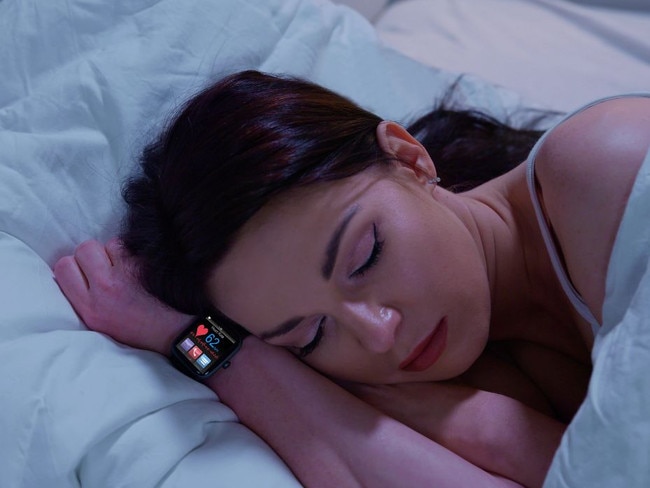
“But, you know, some of the technology is pretty good, but you have to be really careful.”
He said that for slower heart rates the smartwatches could be really useful because the issues were usually picked up when a person was asleep - meaning less possibility of interference.
He said it was important to take alerts seriously if you had symptoms.
“It’s more valuable when you’ve got symptoms, it’s more valuable when you’re assessing slow heart rates rather than fast and if you have an abnormal heart rate and no symptoms … showing someone who can interpret the data medically is quite useful before becoming too concerned.”
Apple was the first watch to get TGA approval for ECGs in Australia in 2021.
Soon after Samsung, Fitbit, Google Pixel and, this year, Garmin also offered ECG apps that can be used here.
Deidre Caldbeck, Apple’s senior director of Apple Watch and Health Product Marketing, told this masthead that the smartwatch had come a long way in the health space since it was released exactly 10 years ago.
“We like to talk about Apple watches being an intelligent guardian for your health, safety and fitness,” she said.
“Because you’re wearing it throughout the day, all day, it can monitor certain things about your heart rate and mobility.
“With these health and safety features it can alert you to a potential health condition you didn’t know you had, or if you take a hard fall, it can get you the help you need.”
She said the irregular rhythm notification which alerts someone to atrial fibrillation had been “impactful”.
‘I thought I had perimenopause – my smartwatch saved my life ... it was cancer’
Only two weeks after Amanda Faulkner returned to her home in New Zealand from a holiday in Australia, her new Apple watch started to send her notifications.
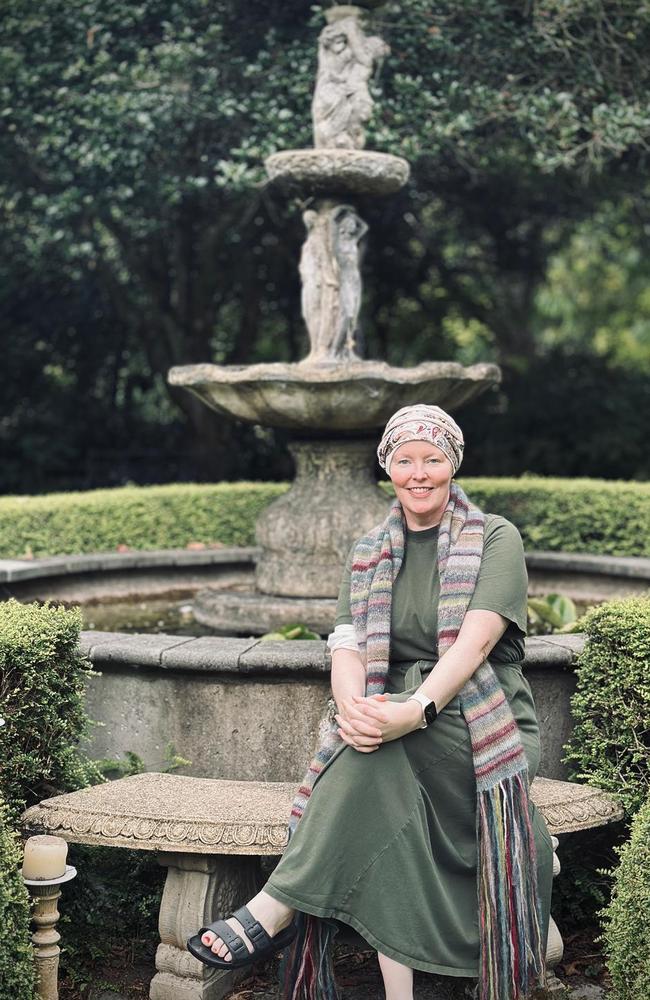
“That was sort of mid-November last year, my Apple watch kept sending me notifications to say that my base heart rate was a bit higher than normal,” the 51-year-old psychiatrist said.
“I thought it was maybe perimenopause, or the hot weather, or the fact it was busy in the run-up to Christmas.
“So I just kept ignoring it.
“I’m not overweight, I’m really active, I don’t drink, don’t do drugs, my normal resting heart rate is about 55 so I’m pretty fit.”
But when she upgraded her watch to the Apple Series 10 she started to get extremely abnormal results overnight as she slept.
“That’s when I started paying a bit more attention,” she said.
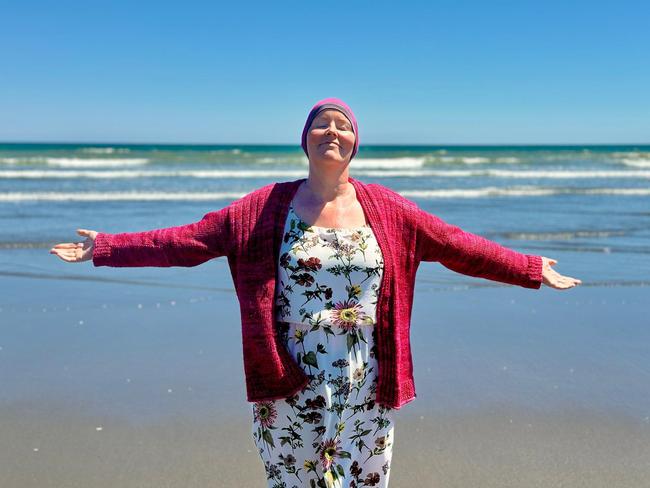
“So effectively, what happened is my resting heart rate steadily began to climb from the base of 55 until it got to the point where it was never below 90, and that’s even completely at rest.
“And, you know, I’m a fit person, so this is kind of starting to become a bit worrying.
She said she hadn’t been to the GP in five years but decided to book in, thinking she might be anaemic – which causes a higher heart rate and shortness of breath.
“I’m a doctor myself, which is ironic as well. So you know, of course, doctors make the worst patients,” she said.
Five days later, by the time she actually got in to see the doctor, her watch was “going crazy”.
Dr Faulkner said she was sent straight to the emergency department after showing the GP the readings.
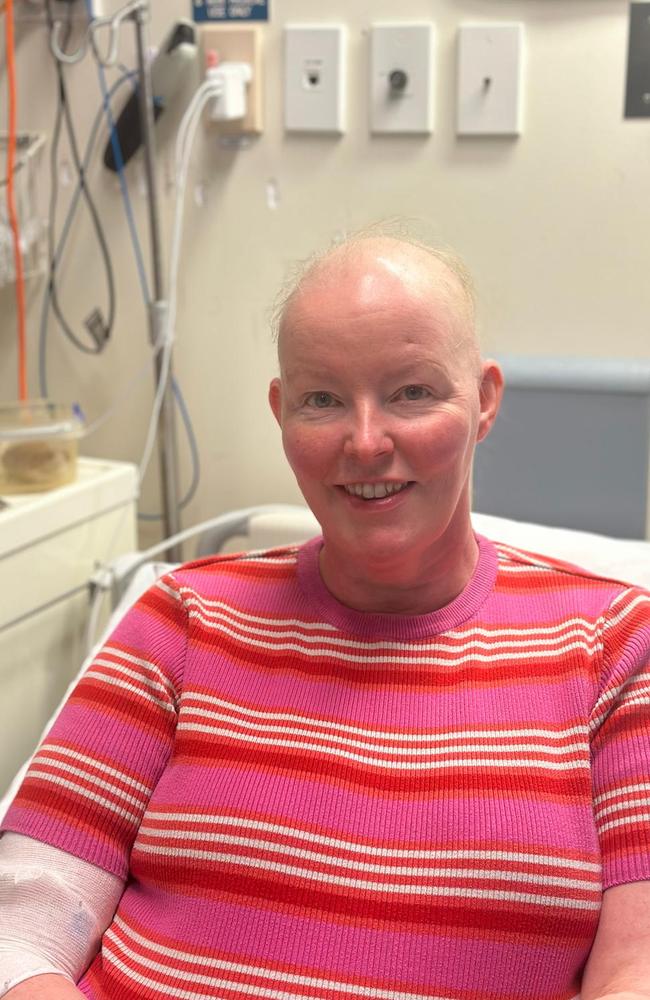
“That was January 8 and I haven’t been home or left hospital since,” she said.
She was found to be in the precursor to multiple organ failure and was diagnosed with acute myeloid leukaemia.
If she had delayed medical attention for another 48 hours, she would have died as she had dangerously decreasing levels of haemoglobin in her blood.
After gruelling treatment she is now in remission, but due to having a rare genetic variation of the cancer she now faces an extremely high chance it will come back within months.
“My watch didn’t just help me, it saved my life,” she said from hospital as she continues to fight the disease.
‘I thought I was just tired – but I kept getting smartwatch alerts ... something was seriously wrong with my heart’
Brad Butvila got the Apple watch as a gift from his wife and said as soon as he put it on he started getting low heart rate notifications.
“I just assumed that I hadn’t synched it or I hadn’t done something properly to be able to set it up. And it happened over probably several weeks or so,” the Adelaide man said.
He said he was taking his young son Jacob to the doctor when he got another alert.
“So while I was there I just asked the doctor if it was something he should be concerned about.

“He did a few tests while I was in the doctor’s room right there.”
Mr Butvila was told it was something that needed to be investigated further and he arranged to go pick up a holter monitor – a device that records the heart’s rhythm.
But before he had a chance to do that his watch went crazy while he was out in the days following and he started to feel light-headed and dizzy.
“I actually ran an ECG as part of one of the apps on the watch and even as a layman I could tell that the ECG was not right,” he said.
He said he went to an urgent care clinic.
“They took my heart rate and at that point it was 28BPM,” he said.
“I was told I needed to go straight to emergency at that point, there was nothing they could do to help.”
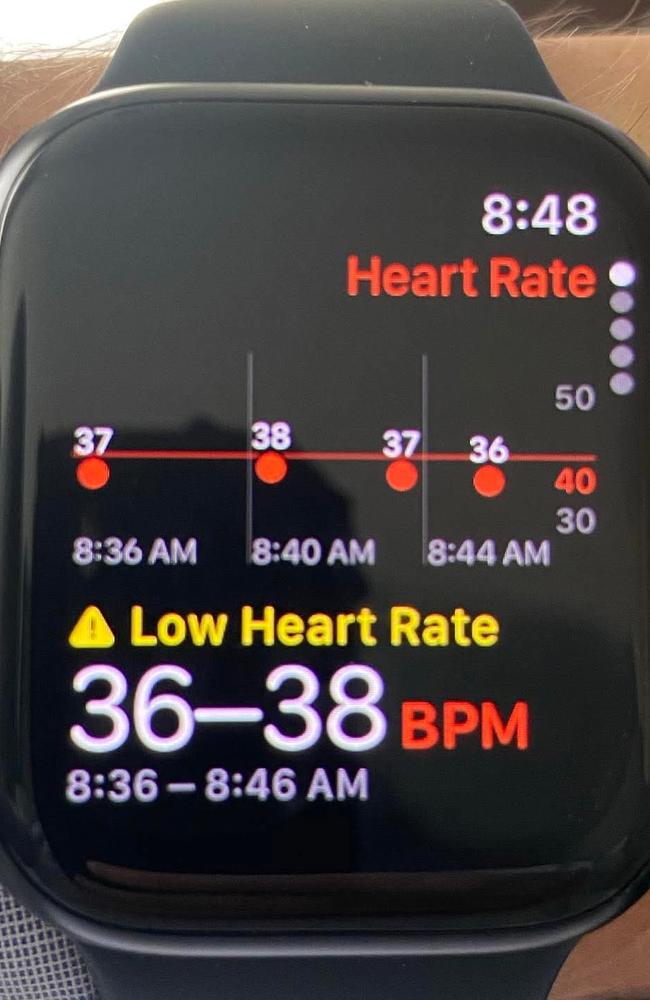
Mr Butvila said he drove to the hospital as it was around the corner.
“I spent the next week or so in hospital where they were running tests,” he said.
“Basically what it boiled down to was that I had heart failure.”
He said tests showed that he had a pulmonary oedema – where there is too much fluid in the lungs – and a deformed chamber in his heart.
He needed surgery, which he had in November last year, and he is now on the mend.
Mr Butvila said he never would have gotten help so quickly if it hadn’t been for his watch as he had been ignoring the symptoms.
“It’s totally because of the watch that any of this happened,” he said.
“Because otherwise I probably would have been a stubborn male who just continued to ignore it or think of something else.”





